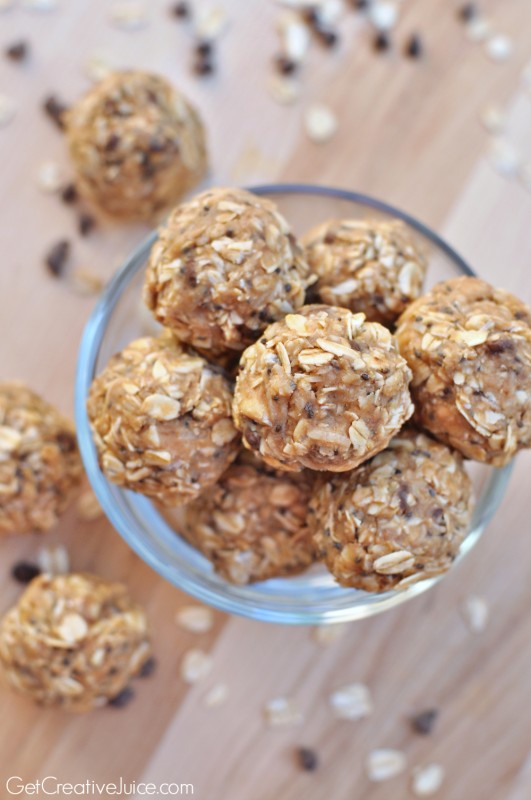Around the state, peanut farmers are anticipating the season ahead. Planting is slowly coming to an end and farmers are now praying for rain and weather that cooperates. Texas is estimated to plant about 200,000 acres of peanuts this year. Although this is down from last year, producers are staying optimistic and farmers are preparing for a safe and profitable year.
Texas Peanut Producers talked to farmers across the state to get an update on rain conditions, growth stages and overall planting challenges in four main regions.
SOUTH TEXAS: BRETT
We have had little to no rain in the last 30 days. We are pre-watering to plant and watering to get peanuts up. We have peanuts that are 35 days old to peanuts that are not planted yet. South Texas is about 70% planted . We are in desperate need of rain as it is hard to keep water going on multiple crops under one well.
CENTRAL TEXAS: BRADLEY
Rainfall has been plentiful for peanuts so far. No [need for] irrigation yet. The growth stage is still early. Peanuts planted in late May received 5-6 inches of rain after planting but are beginning to catch up. Peanuts planted after rainfall in June are growing fast with heat and abundant moisture.
Challenges have been too much rain on May planted peanuts and with the rain peanuts take longer to germinate and that means more days to worry about feral hogs getting into fields. Personally, I had success keeping hogs out of fields but I know other farmers in the area were not so fortunate.
WEST TEXAS: MASON
As has been the case across most of the western south plains, the rains prior to June 25th had been spotty at best. In most cases irrigated land has an average start despite the dry hot and windy conditions throughout late May and June.
As of now, the peanut crop is on track for the time of year and we are being to see the first few flowers start to show. Across the board this has been one of the more challenging years to establish a crop that I can remember.
Cool conditions in late April we the predominant problem with early planting and as we moved into May there were some stand issues around where moisture was lacking and pre-watering was not done. Overall, at this time we have just received our first broad rain since March. Irrigated crops are fair to good and dry-land crops are all over the board but mostly either failed out or pore stand. There are a few exceptions where farms were under an isolated storm, however most farmers are trying to decide the best route to take from here on out.
PANHANDLE: MICHAEL
Some areas have received rainfall, but in other places there has been little to no rain. Peanuts are blooming and looking great! Our planting season went smooth! Some of the farmers in our area have had to replant cotton twice now due to hail. Other than that most of our area could use a rain!
Overall, Texas peanut farmers are seeing a steady growth rate and every region could use some rain! For more updates, follow Texas Peanut Producers on Twitter and Instagram. If you are a farmer and would like to send updates or photos of your peanut crop, email them to lindsay@texaspeanutboard..com
(all photos taken by Lindsay Hamer in Brownfield, Texas)

